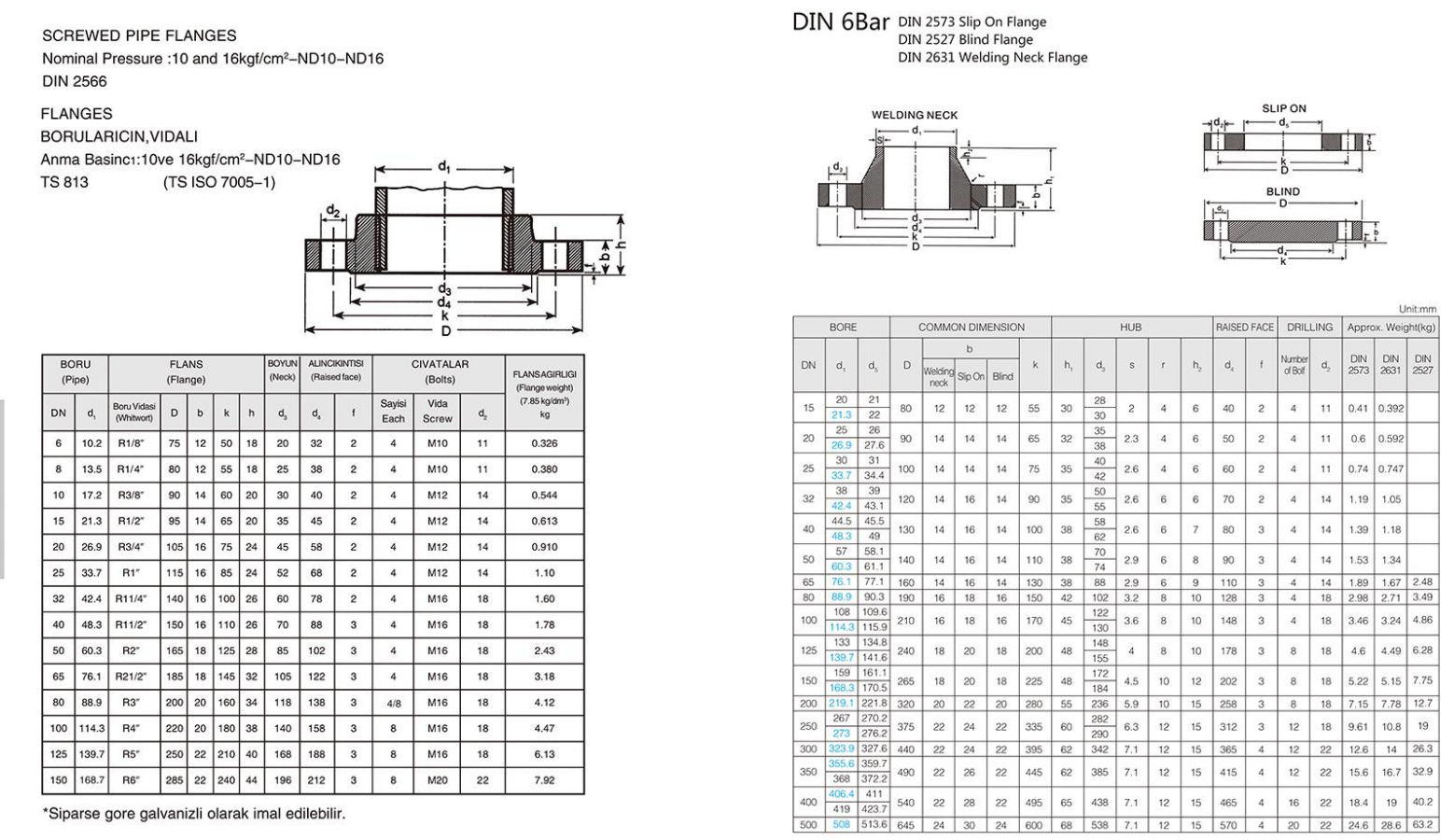-
Cangzhou Yulong Steel Co., Ltd.
-
Phone:
+86 13303177267 -
Email:
admin@ylsteelfittings.com
- English
- Arabic
- Italian
- Spanish
- Portuguese
- German
- kazakh
- Persian
- Greek
- French
- Russian
- Polish
- Thai
- Indonesian
- Vietnamese
- Zulu
- Korean
- Uzbek
- Hindi
- Serbian
- Malay
- Ukrainian
- Gujarati
- Haitian Creole
- hausa
- hawaiian
- Hebrew
- Miao
- Hungarian
- Icelandic
- igbo
- irish
- Japanese
- Javanese
- Kannada
- Khmer
- Rwandese
- Afrikaans
- Albanian
- Amharic
- Armenian
- Azerbaijani
- Basque
- Belarusian
- Bengali
- Bosnian
- Bulgarian
- Catalan
- Cebuano
- China
- China (Taiwan)
- Corsican
- Croatian
- Czech
- Danish
- Esperanto
- Estonian
- Finnish
- Frisian
- Galician
- Georgian
- Kurdish
- Kyrgyz
- Lao
- Latin
- Latvian
- Lithuanian
- Luxembourgish
- Macedonian
- Malgashi
- Malayalam
- Maltese
- Maori
- Marathi
- Mongolian
- Myanmar
- Nepali
- Norwegian
- Norwegian
- Occitan
- Pashto
- Dutch
- Punjabi
- Romanian
- Samoan
- Scottish Gaelic
- Sesotho
- Shona
- Sindhi
- Sinhala
- Slovak
- Slovenian
- Somali
- Sundanese
- Swahili
- Swedish
- Tagalog
- Tajik
- Tamil
- Tatar
- Telugu
- Turkish
- Turkmen
- Urdu
- Uighur
- Welsh
- Bantu
- Yiddish
- Yoruba

Jul . 22, 2024 01:58 Back to list
Comprehensive Overview of DIN 300 Flange Specifications and Applications in Industrial Contexts
Understanding DIN 300 Flanges Specifications and Applications
Flanges are essential components in various piping systems, serving as connectors between two sections of pipe or between a pipe and a valve. Among the numerous standards used globally, DIN (Deutsches Institut für Normung) standards are widely recognized, particularly in Europe. The DIN 300 flange, a crucial aspect within this standardization, is specifically designed to ensure compatibility and efficiency in various industrial applications.
What is DIN 300 Flange?
The DIN 300 flange refers to a specific type of flange that adheres to the criteria outlined in the German standard, DIN 2501. This standard defines dimensions, tolerances, and material specifications for flanges used in piping systems. The “300” designation signifies a specific nominal diameter and pressure rating, typically suitable for various applications in water, gas, steam, and other fluid systems. The flanges usually have a thickness and diameter that can withstand certain pressures without compromising the integrity of the system.
Specifications of DIN 300 Flange
The DIN 300 flanges are characterized by their dimensions and pressure ratings. Understanding these specifications is crucial for selecting the right flange for any given application. Common specifications for DIN 300 flanges include
1. Material DIN 300 flanges can be manufactured from a variety of materials, including carbon steel, stainless steel, and alloy materials. The choice of material usually depends on the application's temperature, pressure, and the nature of the fluid being transported.
2. Dimensions The flanges are available in various diameters and thicknesses. Generally, the standard sizes for a DIN 300 flange can range from DN 10 to DN 100, with corresponding dimension features defined by the DIN standards.
3. Pressure Ratings The DIN flanges typically come in various pressure ratings. Each rating specifies the maximum pressure the flange can handle at a given temperature. Common pressure ratings include PN 6, PN 10, PN 16, and PN 25, with PN representing the nominal pressure in bar.
din 300 flange

4. Surface Finish Flanges may have different surface finishes, such as raised face, flat face, or RTJ (ring type joint), which affects how they seal with gaskets and other components.
Applications of DIN 300 Flanges
The versatility of DIN 300 flanges makes them suitable for a wide range of applications
1. Pipelines They are predominantly used in pipeline construction and maintenance, connecting segments of pipe and enabling the management of fluid flow efficiently.
2. Water Treatment DIN 300 flanges also find applications in water treatment plants, where they connect various valves, filters, and pumps in the treatment process.
3. Chemical Industry In chemical processing, these flanges are used to handle aggressive fluids and ensure safe connectivity between different sections of a piping system.
4. Oil and Gas In the oil and gas sector, DIN 300 flanges play a critical role in ensuring the integrity and safety of pipeline systems that transport hydrocarbons under high pressure.
Conclusion
In conclusion, DIN 300 flanges are integral components of modern piping systems, adhering to strict industrial standards that ensure safety, reliability, and efficiency. Understanding their specifications and applications helps engineers and technicians select the appropriate flange for a given task, ultimately contributing to the longevity and safety of the piping systems they are part of. As industries continue to evolve, the DIN 300 flange will remain a pivotal element in the dynamic landscape of engineering and manufacturing.
Latest news
-
ANSI 150P SS304 SO FLANGE
NewsFeb.14,2025
-
ASTM A333GR6 STEEL PIPE
NewsJan.20,2025
-
ANSI B16.5 WELDING NECK FLANGE
NewsJan.15,2026
-
ANSI B16.5 SLIP-ON FLANGE
NewsApr.19,2024
-
SABS 1123 FLANGE
NewsJan.15,2025
-
DIN86044 PLATE FLANGE
NewsApr.19,2024
-
DIN2527 BLIND FLANGE
NewsApr.12,2024
-
JIS B2311 Butt-Welding Fittings LR/SR 45°/90° /180°Seamless/Weld
NewsApr.23,2024











